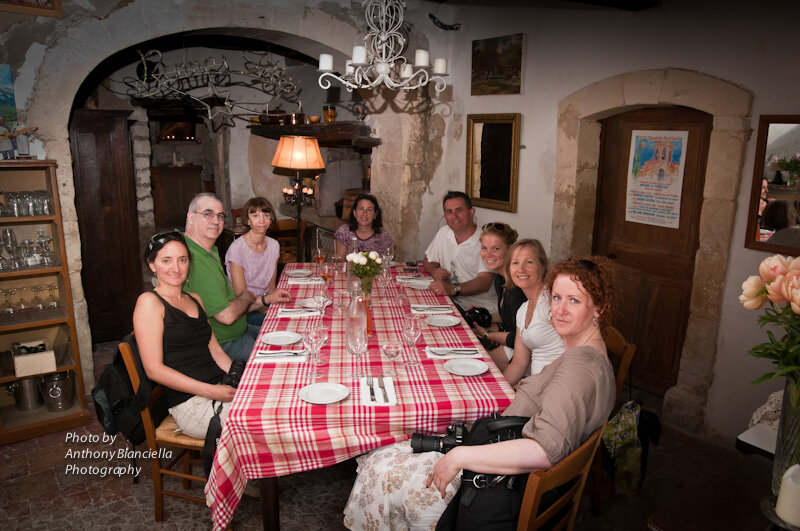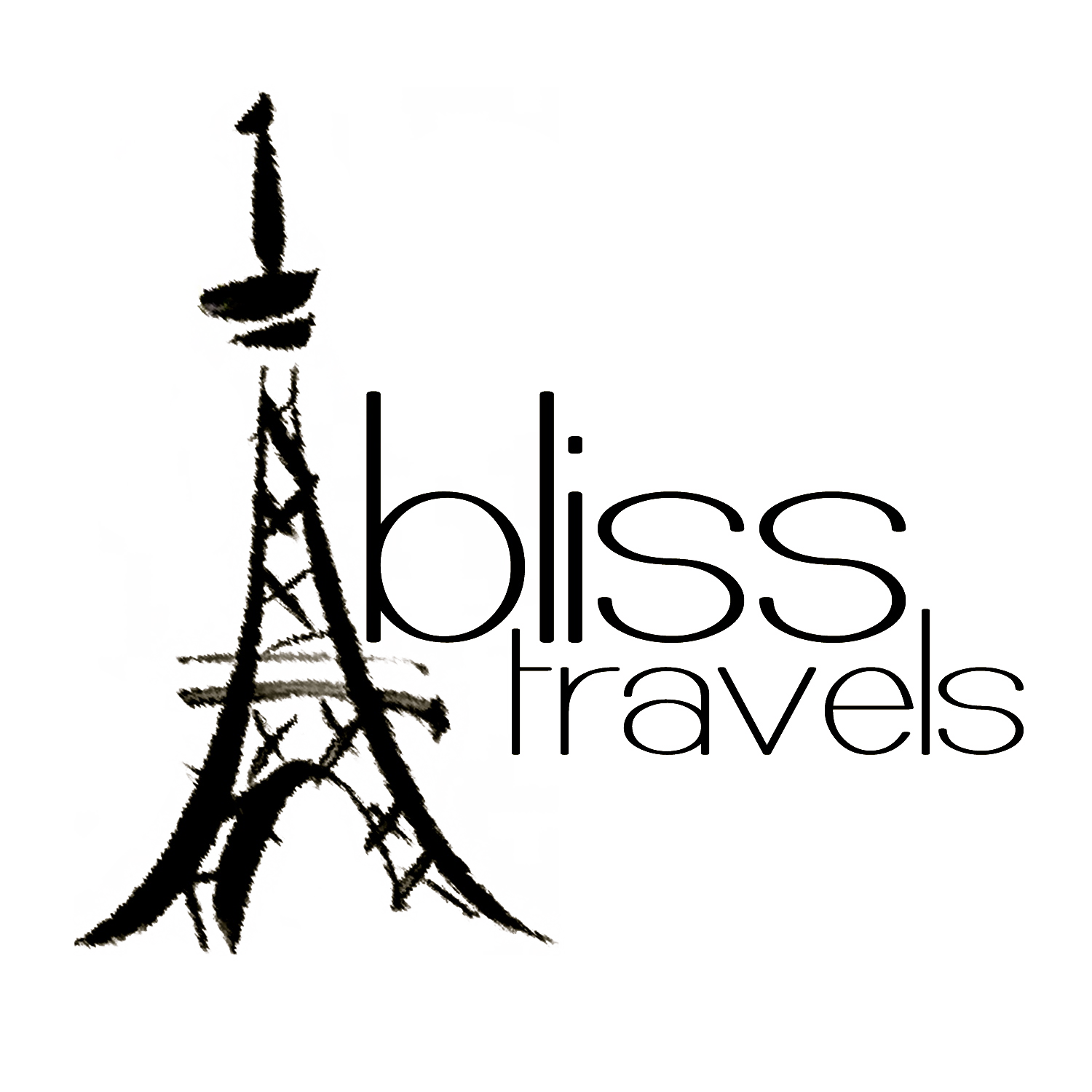
The world of travel to all of our outstanding destinations
Christmas in Provence: The 13 Desserts
Christmas in Provence includes the 13 Desserts. Learn what they are and how they are presented.
In Provence there is a special Christmas culinary tradition.
In Provence there is a special Christmas culinary tradition. Family and friends share 13 simple local delicacies at the end of the Christmas Eve dinner. Curious? Follow us as we tell you about this quite recent, but catchy, Provencal custom.
The story begins at the foot of Mount Garlaban in the town of Aubagne … and always finishes in our plates!
In Provence, connecting religious symbolism to food has always been an important part of Christmas. So at the beginning of the XXth century a group of townsfolk in Aubagne decided to pair up a selection of 13 regional desserts as representations of Christ and the 12 apostles. The point was to highlight the delightful local specialties and imbue them with religious significance while also showing family and friends that you were wealthy enough and/or well organized enough to make it through winter with ease, and thus could share your bounty with your holiday guests. The desserts are presented and eaten on Christmas eve and the leftovers stay on the table for the next 3 days. Everyone picks from the table what they like.
Now, how about we discover what they are?
A long list of magical delicacies!
The list of 13 elements is not precise. But there are 6 that you’ll be sure to find on the table each time. Of these 6 specific desserts, 4 represent religious orders: nuts or hazelnuts (Augustinians), dried figs (Franciscans), almonds (Carmes) and raisins (Dominicans).
And 2 are simply delicious: black and white nougat and pompe à l’huile which is an oily flat bread.
Other than these 6 essential items, there is a series of elements from which you can choose from in order to complete your farandole of 13 desserts:
- Dried and sugared fruits
- Calissons d’aix, which are candy-like delicacies made with almond paste and sugar
- Fried cakes like oreillettes and beignet, similar to doughnuts
- Candied fruit
- Clementines
- Quince paste
- Apple and pears
- Prunes
- Oranges (which are a symbol of wealth)
- Orange blossom Fougasse, which is also a kind of flat bread.
- White grapes
- Almond-based cake
What an interesting combination! And even if it’s not at Christmas time, we often browse the markets and offer tastes of some of these local specialties, especially things like the calissons, quince paste and the candied fruits of Apt. Want to learn, see, taste or do more? Look at our website!
France Culinary Travel: Provence's Lavender Fields and Luminous Meals
France Culinary Travel: Provence's Lavender Fields and Luminous Meals
Touring the markets, restaurants, and vineyards of France's sunny southeastI found this great and informative piece by Julie Mautner and had to share it with you. If you are thinking of travel to Provence, then you should read this. Plus, for fun, we added our own photos --just to give it a little "zing". A bientot, from Bliss TravelsBy Julie Mautner
The people of Provence see themselves as uniquely blessed: by their brilliant sunlight and Mediterranean climate; by the beauty of their landscape, captured on the canvases of Cézanne and Van Gogh. And most of all, by the flavor and freshness of their sun-drenched cuisine.The Provençals are crazy about food. They're serious gardeners and knowledgeable and passionate eaters. It's the rare Provençal that doesn't have grapevines on the terrace, an olive tree in the garden, or a chicken in the yard. Foraging, whether for wild mushrooms, fresh herbs, or truffles, is a cherished pastime. The France we see in movies — where huge families gather at long garden tables for copious meals — is visible daily all over Provence. If you're invited to Sunday lunch here, you can kiss your afternoon good-bye.
The Place
Asking someone to geographically define Provence is like asking for a recipe for "real" bouillabaisse: Everyone's got an opinion. It has six distinct departments: the Bouches-du-Rhône, the Vaucluse, the Var, the Alpes de Haute-Provence, the Hautes-Alpes, and the Alpes-Maritimes. Within each department are specific regions: The Vaucluse has the Luberon, for instance.

Provence is in full glory in summer, of course, when it seems that all of France (and Europe) descends. Spring and fall are perfect for leisurely food-fueled touring, particularly during the vendange (grape harvest), which starts in early September. Winters are mild, but many places close between November and March. Yet, no matter when you come, you'll find the Provençals are virtuosos in the fine art of food.
The Ingredients
In Provence the idea of terroir — roughly translated as "a sense of place" — is a foregone conclusion. The closer to home something comes from, the better it is. And knowing who raised your lamb or pressed your olives makes it better still. Homemade olive oil, wine, and confiture are cherished holiday gifts.
Provençal meals are planned around the changing seasons. The arrival of the first spring asparagus results in a burst of celebratory cooking. A Provençal would no sooner bake a peach tart in winter than he would grab a Napa Valley Chardonnay from the supermarket shelves. Just about anywhere you go, you can experience food and wine at its source. Bakers will invite you back to see crusty country breads being pulled from the oven; chefs will gesture you into the kitchen to sniff a dirt-caked truffle. Food festivals abound, celebrating all the important products of the region, including melons, truffles, lemons, garlic, lavender, and wines of every type. At village fund-raisers, local favorites such as bouillabaisse, paella, daube (beef stew), and aïoli are dished out in vast quantities, along with plastic cups of local vin du table.
Julie Mautner is a freelance food and travel writer based in St.-Rémy de Provence, France.
4 Reasons A Guidebook Won't Suffice for Real Foodies!
First, a guidebook or review only gives you old news. First the place is reviewed, or worse, someone collects third party reviews Then the review is edited. Then published. Then read by you. Then, eventually used!Second, you have no idea who the reviewers were in most cases. Readers? Diners asked for their opinion? What kind of taste do they have and what is their level of experience? How do you know what they call charming isn't an awful place that microwaves their food? How do you know that what they call nice, isn't pretentious? The simple answer is, since you don't get to interact with them and ask questions about their recommendations, you don't know their point of view about these things.Third, it's written and then done. It doesn't revisit or speak to people or update itself for your trip...Fourth, what if you have a problem, change your mind, or something doesn't go according to plan? The guidebook is useless.Here is a recent true experience that highlights all four of these points:I had been reading about a great little restaurant, with a "brilliant" young chef for a while. The place was teeny, tiny. The location was good. And I thought, this will be great either for a private dinner for a small group of my clients, or simply to recommend to my clients for a night out in a charming, authentic and well priced, casual gourmet bistro meal. But, and here's the big "but". I never recommend a place I haven't tried. So, I went.I was told I could only eat at 7 or 7:30pm, though I booked well in advance. Okay. I arrived at 7:30pm. The place was adorable. The waitress was lovely. The kitchen was open and the chef was visible and quietly working. All good signs. After about 40 minutes, I had not been shown the blackboard menu, and my order had not been taken. For a solo diner, that's really inexcusable. Seeing that there were still 6 people ahead of me who had to order (a little less than 1/2 the restaurant) and making some calculations given there was one chef and one waitress, I decided to invent a polite excuse so I could leave. I said I had a 9pm appointment and as it was a little after 8pm, I was certain I'd never finish in time, and was very sorry, but could I pay for my glass of wine. I'd have to come back another time, I said (and meant). The chef was a bit brusque, and said, why? There would be no problem serving me and getting me out before 9pm as they had another seating at 9pm. Now, here's where someone with experience clicks in....Immediately, that brought three major problems to mind:1. They planned to serve me 3 courses (first, main and dessert) along with a check within 45 minutes? That meant they'd be able to prepare 2 of the 3 (assuming dessert was pre made) within 10 minutes. That meant it had to be microwaved Or precooked and microwaved...You can't cook a duck breast in only 5 minutes etc. Not a good sign. Plus given the tables needing to order, and the one chef, it meant nothing whatsoever was made on the spot, not a pot on the stove.2. That then made me wonder how fast I was going to have to eat....If it took them 5 minutes to prepare each microwaved, or cold plate, then that gave me about 7 minutes per course before their next seating. That sounded like a lot of stress!!!3. There were NO SMELLS in the restaurant. There were two very friendly diners next to me, eating a braised lamb concoction (that truly did need to be made well in advance --and was better prepared like that) but there was no smell of food in the restaurant. Also, the couple on my other side ordered dessert, which had to have come directly from the fridge --as it arrived in less than 30 seconds. Not a great sign.So instead of deciding to return, I've decided that the reviews and the hype were inaccurate and Bliss Travels clients will not be going to this restaurant...Pas de tout!Bliss Travels will be eating things like the below 70% cocoa chocolate tart with caramel (as they did yesterday): Or the below pistachio cake with grapefruit, and "grapefruit paper". Gone in a flash!
Or the below pistachio cake with grapefruit, and "grapefruit paper". Gone in a flash!
5 Tips for Eating and Drinking in France Like a Local
Eating and drinking are different in France. Why? Because the culture is different. If you are going to travel to France --or anywhere, for that matter --why not try it "their way". If nothing else, it should provide you with an interesting experience and a better understanding of the culture. So, here are some tips for how to do both like the locals. I bet you'll have a few "ah ha" moments when you realize you may have misinterpreted things in the past! 1. How to order Coffee! Seems simple enough, doesn't it? Well, I don't know about you but I think it's complicated wherever you are. In the US Starbucks has turned ordering coffee into a multi lingual tongue twister. In France, it's very simple --as long as you follow the custom! Cafe au lait (or any coffee served with milk or cream) is a breakfast drink, and not generally served after noon, or with meals. A "cafe normal" or "espresso" is just that --expresso in a small cup, served with a small cold glass of water. that's served during "coffee breaks", at cafes, and after meals. Can't take "expresso". Then order a "cafe Allonge" (literally "stretched out") or a "cafe Americaine" --both are watered down espressos --in other words, a typical strength coffee.
1. How to order Coffee! Seems simple enough, doesn't it? Well, I don't know about you but I think it's complicated wherever you are. In the US Starbucks has turned ordering coffee into a multi lingual tongue twister. In France, it's very simple --as long as you follow the custom! Cafe au lait (or any coffee served with milk or cream) is a breakfast drink, and not generally served after noon, or with meals. A "cafe normal" or "espresso" is just that --expresso in a small cup, served with a small cold glass of water. that's served during "coffee breaks", at cafes, and after meals. Can't take "expresso". Then order a "cafe Allonge" (literally "stretched out") or a "cafe Americaine" --both are watered down espressos --in other words, a typical strength coffee. 2. Dessert comes Before Coffee. Not with. You can't have it with. The waiter will say yes, but if the place is any good --or even remotely authentic-- this won't happen. Don't worry. It's better after! You finish your meal, and get the nice "pick me up" of the cup of coffee. Need something sweet? Never fear. Coffee comes with a little something sweet, always --a chocolate (in the basic cafes) or tiny pastries of some sort in the "nicer" restaurants.
2. Dessert comes Before Coffee. Not with. You can't have it with. The waiter will say yes, but if the place is any good --or even remotely authentic-- this won't happen. Don't worry. It's better after! You finish your meal, and get the nice "pick me up" of the cup of coffee. Need something sweet? Never fear. Coffee comes with a little something sweet, always --a chocolate (in the basic cafes) or tiny pastries of some sort in the "nicer" restaurants. 3. Sauces in France won't make you fat, and don't come 'on the side'. "Hmmm", you say, "how is that possible?" Glad you asked. Because the meals are balanced, the portions, including sauces, are smaller, the food is very fresh, and we don't snack endlessly on things between meals because the meal itself is completely satisfying. If you order sauces on the side, you will (a) either ruin your meal, or (b) consume more of the delicious sauce than you would have had you let the chef dress the dish with what was probably a teaspoon to a tablespoon of sauce (rather than the 1/4 cup they might bring you).
3. Sauces in France won't make you fat, and don't come 'on the side'. "Hmmm", you say, "how is that possible?" Glad you asked. Because the meals are balanced, the portions, including sauces, are smaller, the food is very fresh, and we don't snack endlessly on things between meals because the meal itself is completely satisfying. If you order sauces on the side, you will (a) either ruin your meal, or (b) consume more of the delicious sauce than you would have had you let the chef dress the dish with what was probably a teaspoon to a tablespoon of sauce (rather than the 1/4 cup they might bring you).










